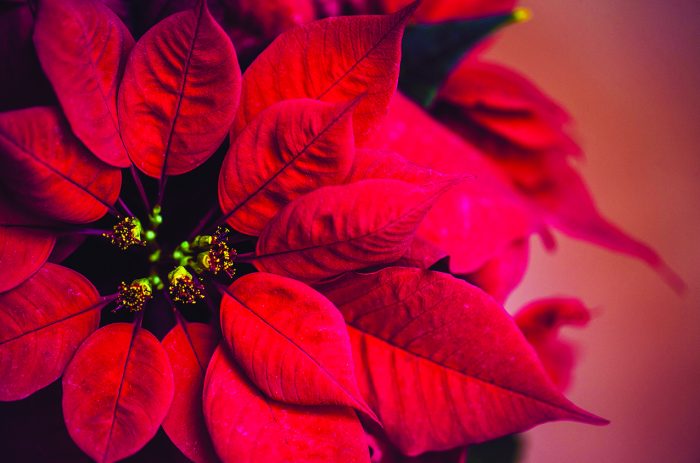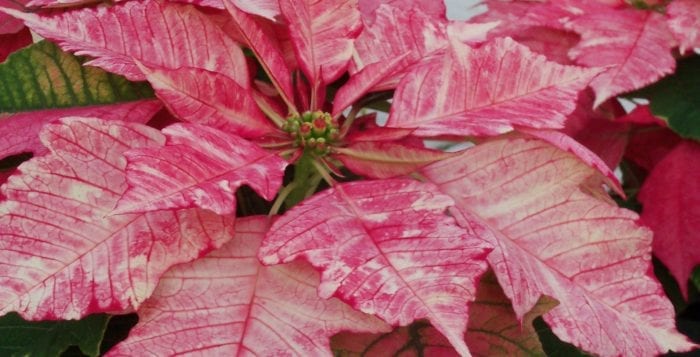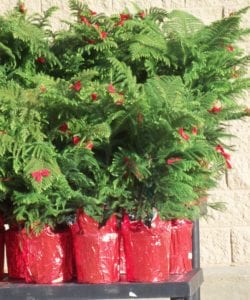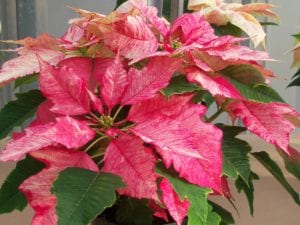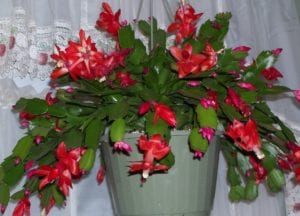Poinsettias and their rich red, white or variegated color schemes are the ideal backdrop for Christmas celebrations. In fact, poinsettias are among the most popular decorative flowers during the holiday season.
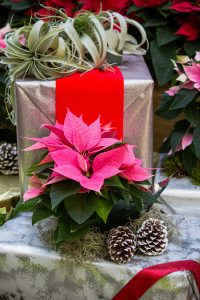 Indigenous to Central America, the plant was introduced to North America in the 1820s when Joel Roberts Poinsett, the first United States Minister to Mexico, brought the red-and-green plant back with him from a trip abroad.
Indigenous to Central America, the plant was introduced to North America in the 1820s when Joel Roberts Poinsett, the first United States Minister to Mexico, brought the red-and-green plant back with him from a trip abroad.
While millions of poinsettias will be purchased for the holiday season, many mistakenly think their utility ends once New Year’s Day has come and gone. But with proper care poinsettia plants can continue to thrive and bring warmth and beauty to a home long after the holiday decorations have been tucked away.
Choose a hearty plant
Experts with the University of Vermont Extension Department of Plant and Soil Science say that many people mistake the plant’s leaves for its flowers. The red, white or pink bracts are actually modified leaves. The flowers of the plant are the yellow clustered buds in the center called “cyathia.” Choose poinsettia plants that have buds which are, ideally, not yet open.
Keep the temperature consistent
Poinsettias prefer a room temperature between 60 and 68 F during the day and 10 degrees cooler at night. Humidity levels between 20 and 50 percent are ideal. Group plants on water-filled trays full of pebbles to help increase humidity levels.
Place near sunlight
The United Kingdom-based Perrywood floral company advises placing poinsettia plants near a bright windowsill but not in direct sunlight. Do not let a poinsettia touch cold window panes.
Avoid drafts
The plants are sensitive to drafts and changes in temperature. So it’s best to keep poinsettias away from drafty doors, windows, radiators, or fireplaces.
Don’t drown the roots
Wait until the surface of the compost dries out before watering the plant anew. Also, the decorative foil wrapper that covers pots can trap water and lead to root rot. Remove it or poke holes in the bottom to allow for drainage.
Cut back plants
Come mid-March, cut back the plant by half to encourage new shoots, suggests the University of Illinois Extension. The plants also can be placed outside in the spring after the risk of frost has passed. Bring poinsettias back in around mid-September to early October to force them to bloom again.


